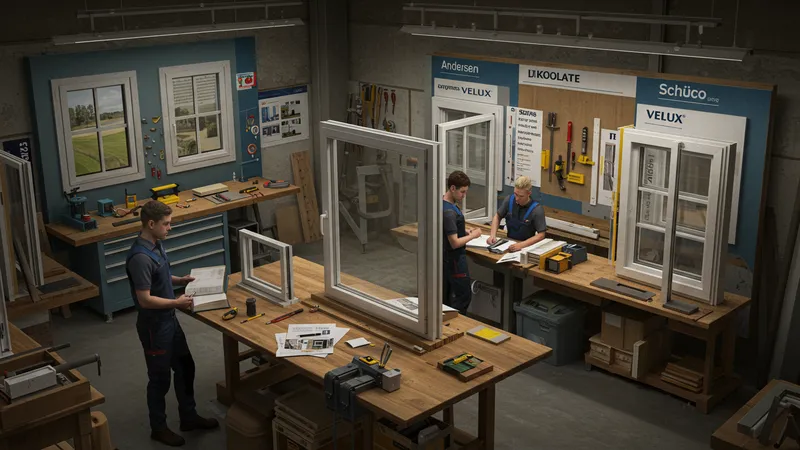
Window Replacement: Types, Benefits, And Process
Window Replacement Process: Step-by-Step Insights
The process for replacing windows starts with a thorough evaluation of existing units. An accurate assessment identifies which windows need replacing, the extent of any structural repairs, and the specifications needed for new units. Professionals will take precise measurements and examine potential obstacles such as unusual frame sizes or support issues, ensuring the chosen windows will fit and perform as designed.

Next, choosing the right type and style—such as the robust Andersen, the specialized VELUX, or the modern Schüco—depicts the project’s direction. Material selection plays a large part in long-term satisfaction. For instance, aluminum is favored for longevity and minimal maintenance, while timber might be selected for traditional aesthetics in heritage homes. The energy rating of the window package is also a decisive factor, as it will directly impact insulation and comfort.
Scheduling and preparation are crucial to avoid delays and reduce homeowner disruption. The actual removal process requires care: removing old frames and sashes while preserving surrounding masonry or trim. If there’s structural damage, repairs must be made before new units are secured and sealed correctly. The installation stage itself, if handled by certified professionals, ensures the manufacturer’s performance standards are met and warranty terms are preserved.
Post-installation inspection rounds out the process. This involves checking seal integrity, verifying smooth operation, and cleaning up the site. Homeowners are then briefed on maintenance routines—like occasional lubrication of hinges or locks, and proper ventilation practices—to ensure maximum window lifespan. Each step builds toward reliable, high-performing windows designed to last for decades.